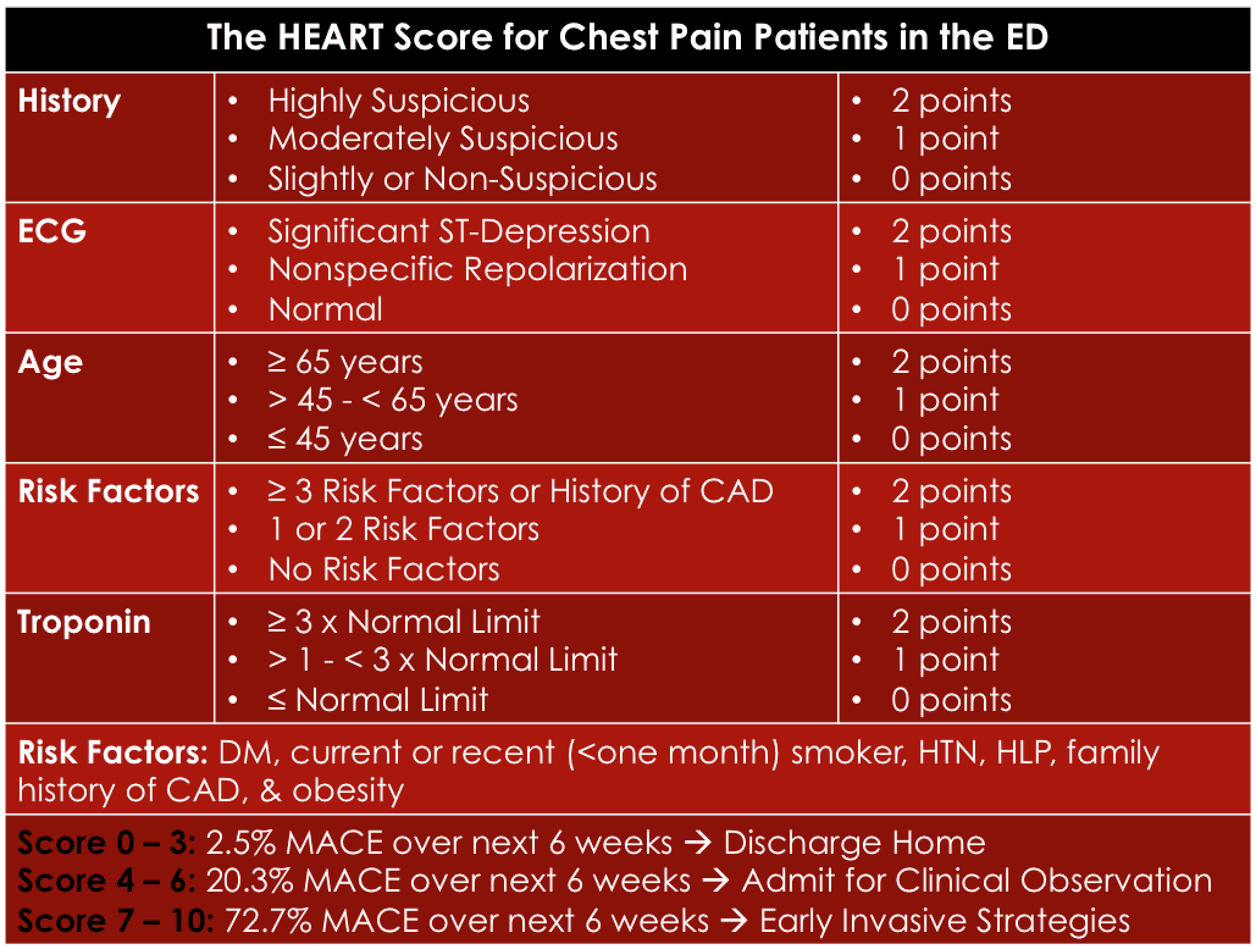

I think the concern is greater than warranted. There was a concern for lactic acidosis, but we really do not see that often. It is relatively inexpensive and fairly safe. The workhorse for type 2 diabetes has been metformin. No other drug classes for type 2 diabetes have consistently shown a CV benefit.

There is a possibility the dose of the diuretic may need to be reduced. If a patient is on another diuretic, they should be on a stable dose before starting the SGLT2 inhibitor.

Because of that, it is important to be careful with dosing. One potential mechanism of action is the inhibitors’ ability to work as a diuretic because of the glucose that goes into the bladder and urine. The true mechanism between the effects of the SGLT2 inhibitors on CV outcomes is unclear. The last safety signal is the risk for dehydration. This is something that needs to be further tested. I would feel more comfortable prescribing SGLT2 inhibitors to patients with higher GFRs, but feel that in the right patients, we can use it in patients with Stage 3 CKD. The FDA label will often urge caution in patients with renal disease. Many SGLT2 trials enrolled or are enrolling patients with stage 3 chronic kidney disease, with glomerular filtration rate (GFRs) as low as 30 mL/min/1.73 m 2. This could be a random effect, but it must be noted when considering safety. The biggest concern to date is the trend toward excess risk for amputation with canagliflozin. The main adverse events patients experience are relatively minor bladder infections, which are caused by glucose that is released into the bladder and urine. It appears that the higher the risk of the patient, the more likely there will be a benefit. In the DECLARE-TIMI 58 trial, dapagliflozin improved HF hospitalization rates in a lower risk population but did not improve mortality or MACE. Empagliflozin was tested in the sickest population. This has not been observed with the other two SGLT2 inhibitors.Ī third difference is driven by what population was tested with these agents. But there was an increased risk for amputation, albeit in a relatively small group of patients with preexisting diabetic foot ulcers. In the CANVAS trial, canagliflozin improved CV outcomes and reduced the risk for HF hospitalizations. A second difference is the safety signal. Neither dapagliflozin nor canagliflozin have shown an independent mortality benefit. In terms of the differences between the inhibitors, empagliflozin had a mortality benefit in a fairly high-risk CV population. I must emphasize that there is no consistent improvement in outcomes related to atherosclerotic events, and there is no consistent reduction in stroke. In addition, all three have been shown to reduce HF hospitalizations and/or new HF onset and have demonstrated a modest reduction in body weight. The similarities of these inhibitors include the dosing, most of the safety signals and drug-drug interactions.
#Timi trials trial
There are three SGLT2 inhibitors with data from large clinical trials that clearly show the agents are helpful in reducing CV events, particularly HF: canagliflozin (Invokana, Janssen), which was evaluated in the CANVAS trial dapagliflozin (Farxiga, AstraZeneca), evaluated in the DECLARE-TIMI 58 trial and empagliflozin (Jardiance, Boehringer Ingelheim), evaluated in the EMPA-REG trial. The main reason is because prior to the original EMPA-REG study, there were no agents targeting glucose that were associated with improved CV outcomes. The introduction of the glucose-lowering SGLT2 inhibitor class is exciting for patients with type 2 diabetes. In this Guest Commentary, Eldrin Foster Lewis, MD, MPH, associate professor of CV medicine at Harvard Medical School and director of the Cardiovascular Clerkship Program at Brigham and Women’s Hospital, discuss es the clinical implications of the trial and the role of SGLT2 inhibitors in diabetes and CVD. In the trial, t he benefit of the SGLT2 inhibitor dapagliflozin was primarily driven by a 27% reduction in the rate of hospitalization for HF compared with placebo. Results from the DECLARE-TIMI 58 trial, presented during a late-breaking session at the 2018 American Heart Association Scientific Sessions, add to the growing body of evidence that SGLT2 inhibitors have a favorable effect on CV outcomes in patients with type 2 diabetes.


 0 kommentar(er)
0 kommentar(er)
